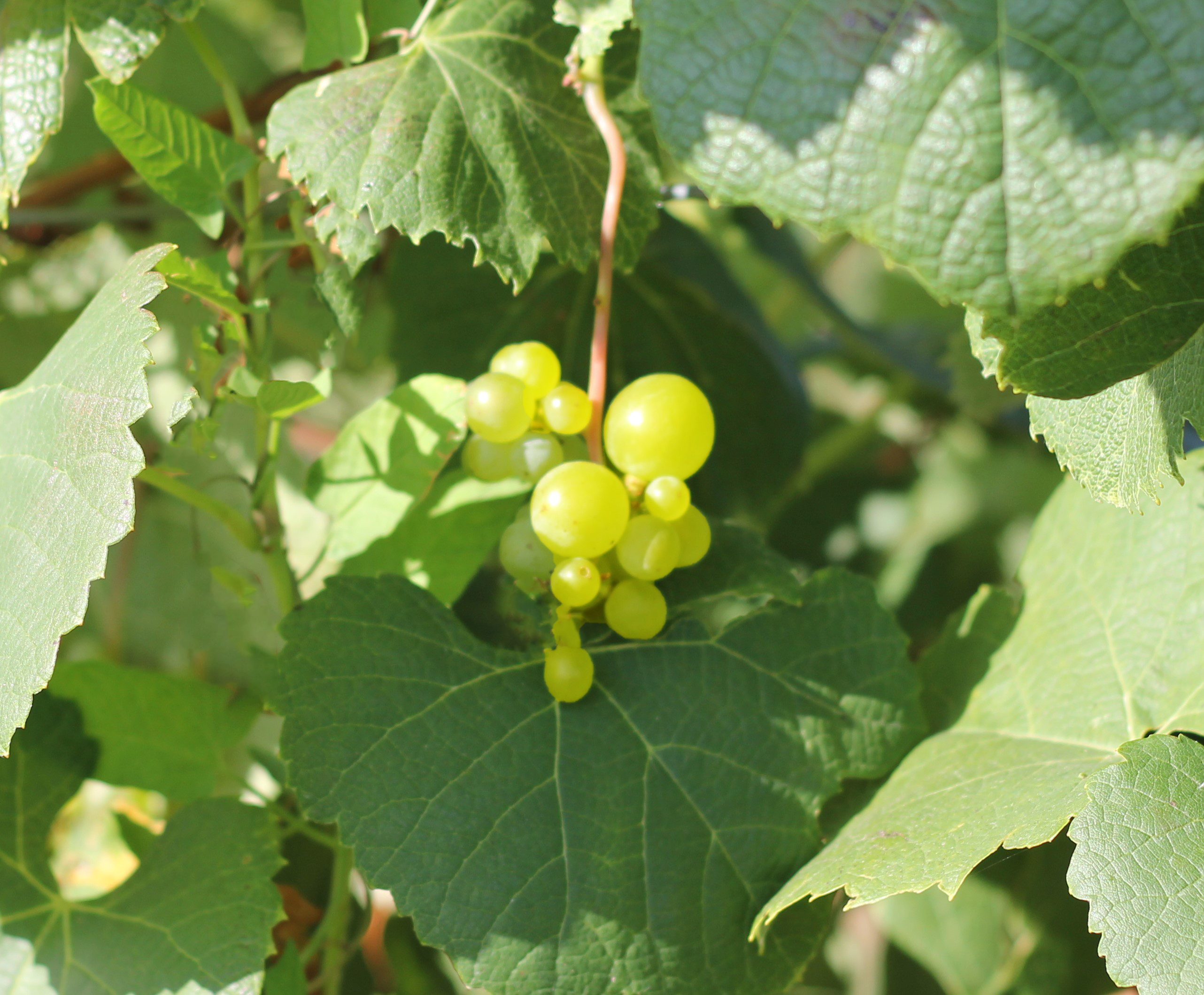“Because we had to take half of the samples, I would guess the Ceres method went about 30% to 40% faster than our normal method per block. ... Seeing the end results and how they were pretty close [to our normal method] was helpful.”
Family-owned and operated since 1996, Foley Family Farms has grown into one of the world’s largest producers of fine wine. With two generations of growers at the helm, sustainability is a key part of the Foley family legacy, with a focus on environmentally sound, socially equitable, and economically viable practices.

A fast-growing company with wineries on four continents, the team at Foley Family Farms is constantly looking for ways to be more efficient with their time and resources. As the organization scales and matures, planning for the future is more important than ever before.
Like most wineries, Foley Family Farms relies on accurate crop estimation as part of its sustainable growth strategy: it’s crucial to have precise projections of inputs and outputs across their operation so that nothing goes to waste. With a data collection period lasting months, “anything that makes our jobs faster or easier helps,” says Senior Viticulturist Jennifer Hong.
Viticulturists at Foley Family Farms have been fine-tuning the accuracy of their sampling methodology for up to 10 years. The first year that they tested Ceres Imaging’s targeted sampling tool, the difference was obvious.
“I recall thinking it was so much faster to collect the data from this block using the Ceres sampling suggestions, compared to what we just did with our usual method,” said Dylan Price, Viticulturist at Foley Family Farms. “Usually, depending on the size of the block, we might sample every 10 to 15 rows, every fourth vine. Having to do that for multiple blocks really adds up. Using Ceres Imaging, sampling was a lot more focused—Ceres gave us the row and the number of samples to take. You’d just go in and do it and it would be done.”
The simplicity and efficiency of using Ceres Imaging also helps as the team grows, said Jennifer Hong. “We’ve worked with a lot of these vineyards for 10 years, so I know where vigorous areas, gravel streaks, or weaker areas are. But you can’t send a new person out into the field and expect them to do it like you would have done it. They don’t know how the crop historically performs. Ceres Imaging takes all of those things into account with its suggestions, so you can just tell someone: ‘go to row 19, 20, 50.’ It’s going to be a huge help.”
Foley Family Farms saves time by taking half as many samples for crop estimation, without sacrificing accuracy.
.png?width=2048&height=1536&name=list%20with%20one%20plan%20selected%20%20-%20tablet%20horiz%20(1).png)
“I had confidence in sampling with Ceres Imaging because I could see problem sections validated on the map. The rows that Ceres gave me accounted for weaker areas, so we know we’ll get an accurate representation of the whole field.”